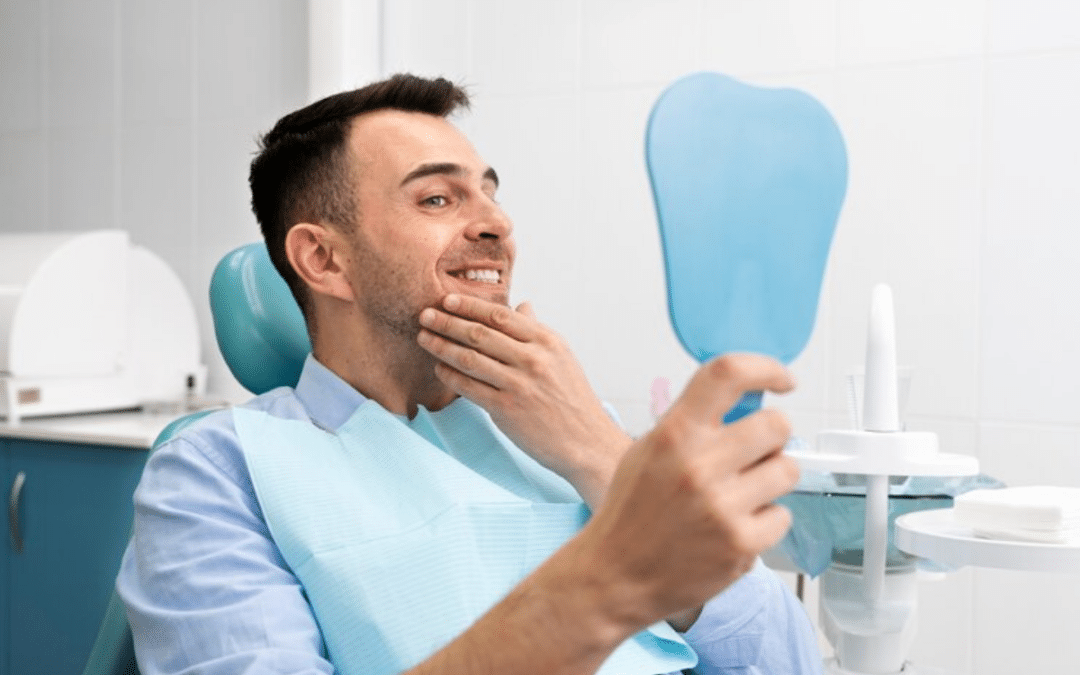Dental visits can be daunting for many people. The mere thought of sitting in the dental chair can stir up anxiety and stress. But what if there was a way to turn that dread into a more relaxed and pleasant experience?
Enter dental relaxation—a growing trend aimed at making your trips to the dentist much more comfortable.
Dental relaxation techniques are designed to ease your mind and body, helping you feel at ease during your appointment. From soothing sedation options to calming non-sedation methods, these techniques cater to different needs and preferences. Imagine walking into your next dental visit feeling calm and relaxed, rather than anxious and tense.
Dive into how dental relaxation can transform your dental care experience and discover the methods that might work best for you.
What Is Dental Relaxation?
Dental relaxation encompasses various techniques and methods aimed at making dental visits less stressful. It’s about creating a calm environment where patients can feel at ease. Dental relaxation isn’t just about reducing anxiety; it’s about enhancing the overall experience of your dental visit.
Techniques Used for Achieving Relaxation:
- Sedation Dentistry: Uses medication to help patients relax during procedures.
- Behavioral Strategies: Includes methods like guided imagery and deep breathing.
- Environmental Adjustments: Comfortable settings and soothing sounds.
These approaches focus on making your visit as comfortable as possible, helping you feel more relaxed and less anxious.
Benefits of Dental Relaxation
Dental relaxation techniques offer multiple benefits, making your visits to the dentist smoother and more pleasant.
Reducing Dental Anxiety:
- Eases fear and nervousness about dental procedures.
- Helps patients feel more in control of their experience.
Enhancing Overall Comfort:
- Reduces discomfort during treatments.
- Shortens recovery time with less stress.
Improving Treatment Outcomes:
- Patients are more cooperative, leading to more effective treatments.
- Creates a more positive overall experience, encouraging regular visits.
Dental relaxation helps in fostering a more positive relationship between patients and their dental care providers.
Techniques for Dental Relaxation
There are various techniques for dental relaxation, each designed to meet different needs and preferences.
Sedation Options:
- Nitrous Oxide (Laughing Gas): Provides a mild sedative effect, helping patients stay calm and relaxed during procedures.
- Oral Sedation: Involves taking a pill before the appointment to induce a state of relaxation.
- IV Sedation: Administered through an IV, this method offers deeper sedation for longer or more complex procedures.
Non-Sedation Techniques:
- Guided Imagery: Using mental images to transport your mind away from the dental environment.
- Deep Breathing Exercises: Helps reduce stress and calm the nervous system.
- Music and Entertainment: Listening to music or watching TV to distract and soothe.
These techniques allow for a tailored approach to relaxation based on individual needs and preferences.
How Dental Relaxation Can Improve Your Visits?
Dental relaxation techniques can significantly enhance both patient and dentist experiences.
For Patients:
- Reduced Anxiety and Fear: Patients feel less apprehensive, leading to a more relaxed visit.
- Easier and More Efficient Treatments: A calm patient can make procedures smoother and faster.
For Dentists:
- Better Cooperation from Patients: Relaxed patients are more likely to follow instructions and remain still during procedures.
- Increased Treatment Effectiveness: A comfortable patient can improve the outcome of dental treatments.
Incorporating relaxation techniques can lead to a more harmonious and effective dental visit.
Choosing the Right Dental Relaxation Method
Selecting the most suitable dental relaxation method depends on various factors.
Factors to Consider:
- Type of Procedure: Different techniques may be better suited for different types of treatments.
- Personal Comfort Level: Some patients may prefer sedation, while others might opt for non-sedation methods.
- Health Conditions: Certain medical conditions or medications can influence the choice of relaxation technique.
Discussing Options with Your Dentist:
- Talk about your anxiety levels and preferences.
- Review potential options to determine the best fit for your needs.
Dental relaxation is more than just a comfort measure; it transforms your dental experience into a more positive and stress-free event. By reducing anxiety and improving overall comfort, these techniques not only enhance your visit but also support better treatment outcomes. Whether through sedation options or non-sedation methods, finding the right approach can make your dental visits more pleasant and effective. Discuss these options with your dentist to ensure a tailored solution that meets your needs.

